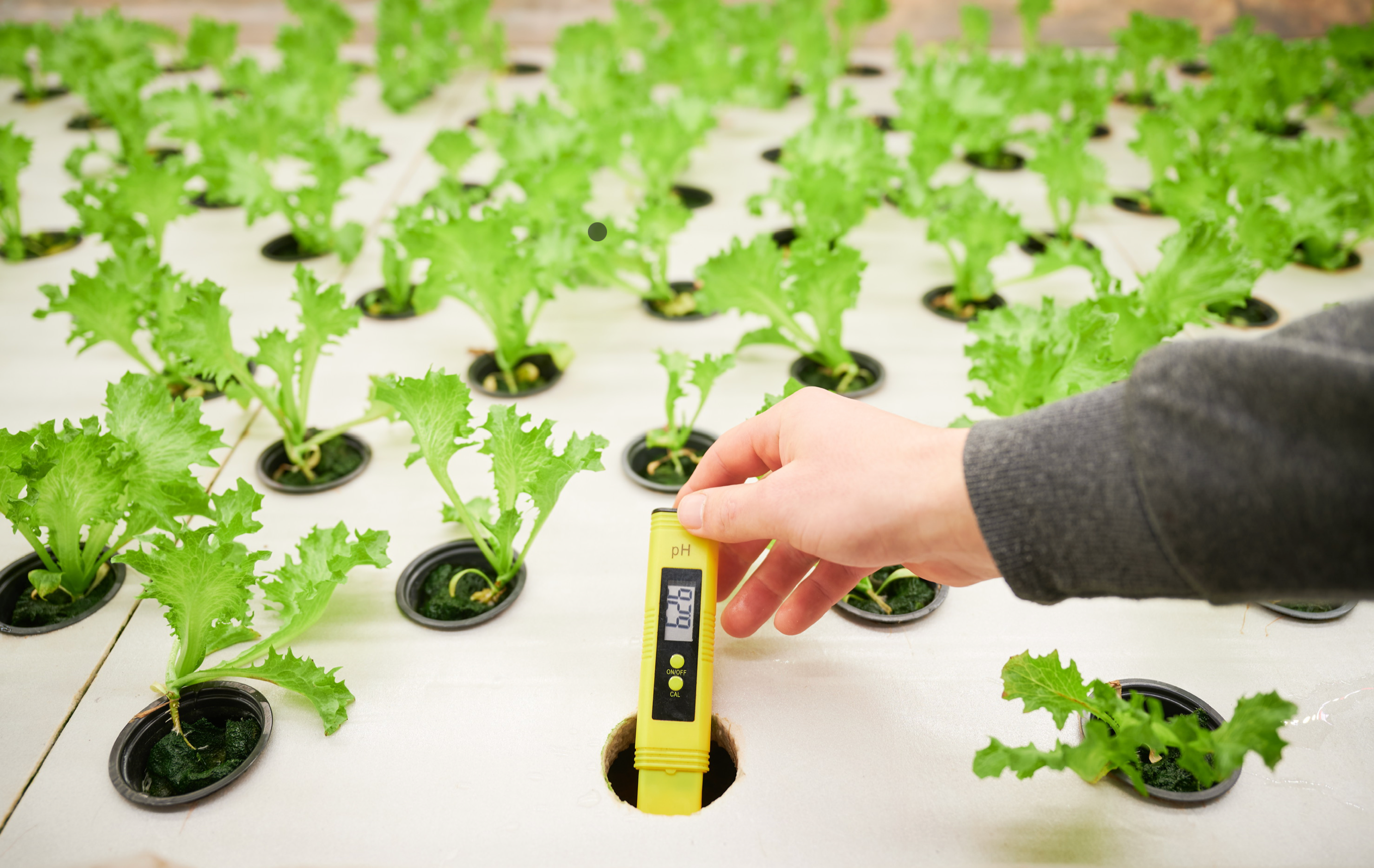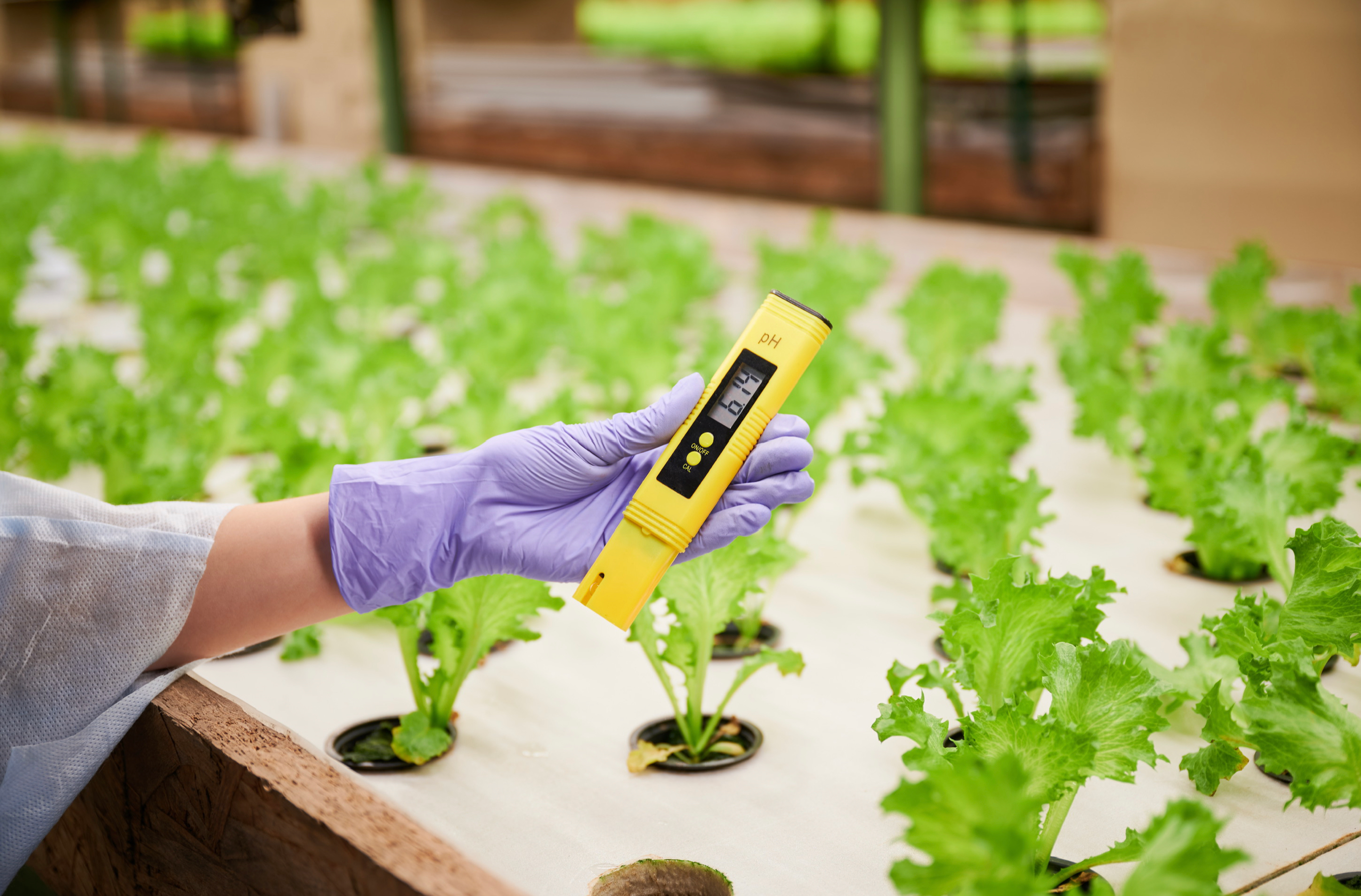Dutch Bucket Hydroponics - How to Build

Understanding Dutch Bucket Hydroponics and How to Build Your Own
Even if you’re a beginner to hydroponics, you’ve probably heard about Dutch bucket hydroponics. A Dutch bucket (also known as Bato bucket) is a hydroponic system that uses buckets as the core of the system. Dutch bucket hydroponic systems can have one or multiple buckets and can be scaled to any size you need, which makes them really versatile, and a lot of hydroponic growers use this method.
In this article, we’ll cover how Dutch bucket hydroponics works and how you can build a DIY Dutch bucket hydroponic system.
How Does Dutch Bucket Hydroponics Work?
Dutch bucket hydroponics is a form of a drip hydroponic system. Just like a drip system, Dutch bucket hydroponics also has a reservoir. A pump in the reservoir sends water up to an irrigation line. As the water flows down the line, it drips out of drip emitters above each bucket. Plants and growing medium are placed in the buckets. A Dutch bucket hydroponic system can have just one bucket or hundreds of them. There is also a bucket elbow at each bucket. These are used to drain the excess nutrient solution to the return line, which then goes back to the reservoir. You can make the excess nutrient solution drain out of the system if you don’t want it to go back to the reservoir. While the excess nutrients will be wasted, you won’t have a problem with the nutrient solution unbalancing because of recirculated nutrients.
The buckets in a Dutch bucket system are connected horizontally, which means there’s plenty of room for upward growth. This makes Dutch bucket systems ideal for tall or vining plants. You can grow a lot of different plants in a Dutch bucket system, including tomatoes, cucumbers, eggplants, peppers, squash, beans, and much more.
How to Build a DIY Dutch Bucket Hydroponic System
Below you will find instructions on how to build a Dutch bucket hydroponic system with 8 buckets. This is just an example, and you can adjust the instructions to make a smaller or a larger system. Here are the parts and tools you will need to build your own Dutch bucket hydroponic system:
Parts and Supplies
-
Large reservoir (15-40 gallon)
-
8 buckets (5-gallon)
-
8 paint strainer bags (5-gallon)
-
8 drip emitters (2 gallons per hour)
-
½-inch poly tubing (20 feet)
-
¼-inch poly tubing (1 roll)
-
2-inch PVC pipe (10 feet) with elbow and end cap
-
1-inch PVC pipe (5 feet)
-
16 PVC elbows (1-inch)
-
8 rubber grommets (¾-inch)
-
½-inch drain valve
-
2 hose clamps
-
Zip ties
-
Water pump
Tools
- Power drill, 1-3/4” or 1-7/8” & 2-1/4” hole saw drills and 7/8” and 1” spade drill bit. You can borrow a hole saw kit or buy one, you will likely use it again.
- Hacksaw, PVC pipe cutter, or power saw to cut the PVC pipe.
Instructions
Dutch bucket hydroponic systems are typically placed on a table or a bench. You don’t need a table or bench, but it does make maintenance and cleaning easier. You can place Dutch buckets on the ground and plane it at an angle. If you do this, you will need to place the reservoir on the ground.
If you use a table or bench, remember to add a slight tilt to the table so that it drains to the reservoir at one end. No matter how you support your hydroponic Dutch bucket system, the important thing is to give the return line a tilt.
- Cut your PVC pipe to about 8 feet and lay it down in your designated area—this will be your drainage pipe.
- Position your buckets, 4 on each side of the PVC drainage pipe. Decide on the spacing of the buckets based on what you’re growing. A foot or so apart should work for most plants. Mark the position of your buckets on the drain pipe.
- Use a drill with a 1-inch hole saw to cut holes into the top of the drainpipe on each mark you made.
- Now you can attach the 2-inch PVC elbow to the end of your drain pipe facing down. Position your reservoir on one end of the system, directly under that elbow. If you live in a very hot area, you should consider partially burying your reservoir—this will help the nutrient solution stay cool.
- Using a 1-inch drill bit, drill a hole into the side of each bucket about 3 inches up from the bottom. Attach a rubber grommet to each hole.
- Cut eight 6-inch pieces from your 1-inch PVC pipe. Sand down the ends of these 6-inch pieces so that your 1-inch elbows can connect to them.
- Slide one of these pieces into each hole in your bucket. Then attach a 1-inch PVC elbow to each side of each pipe, elbows pointing down.
- Place your Dutch buckets into place, so that the elbows on the outside of each bucket connect into the holes you cut into your 2-inch drain pipe. Your drainage system is now complete.
- Insert a paint strainer bag into each of your buckets and fill it with the growing medium of your choice. Perlite, vermiculite, hydroton, or coconut coir work best in a Dutch bucket system. The strainer bags prevent the growing medium from draining into your reservoir, which could damage your pump.
- Run your ½-inch poly tubing from the reservoir across the tops of your buckets. This will be your irrigation line. Position it right above the drainage pipe, down the middle of your line of buckets.
- Drill a small hole into the top lip of each bucket right in line with the tube. Run a zip tie through each hole and use it to fasten the ½-inch tube in place.
- Now that your irrigation line is in place, drill 8 holes into it with a ⅛-inch drill bit—one hole for each bucket. Insert your drip emitters into the hole.
- Cut eight 5-inch sections from your ¼-inch poly tubing. Attach one section to each of your drip emitters. These little hoses will make sure the water from your irrigation line drips right into the middle of your Dutch buckets.
- Cut the end of your ½-inch irrigation line on the side opposite your reservoir. Attach the ½-inch drain valve to the end of this line using a hose clamp. This valve can be used to flush out your system when it’s time to clean and reset.
- Attach the start of your irrigation line to your pump with another hose clamp and put your pump into the reservoir.
- Add water to the reservoir. Turn on the pump and check the system for leaks.
And this is it, your Dutch bucket system is now finished and ready to go! Now you can add your nutrient solution to the reservoir, put a seedling in each bucket, and let your system get to work for you, growing delicious, fresh produce.
For more great content check out the Proponics YouTube channel below!

By Max Barnes
Max Barnes is a long-time homesteader and author. Max grows the majority of his own food year-round using a variety of different methods, including hydroponics. Hydroponic gardening plays a huge part in his homestead and self-sufficiency goals.




